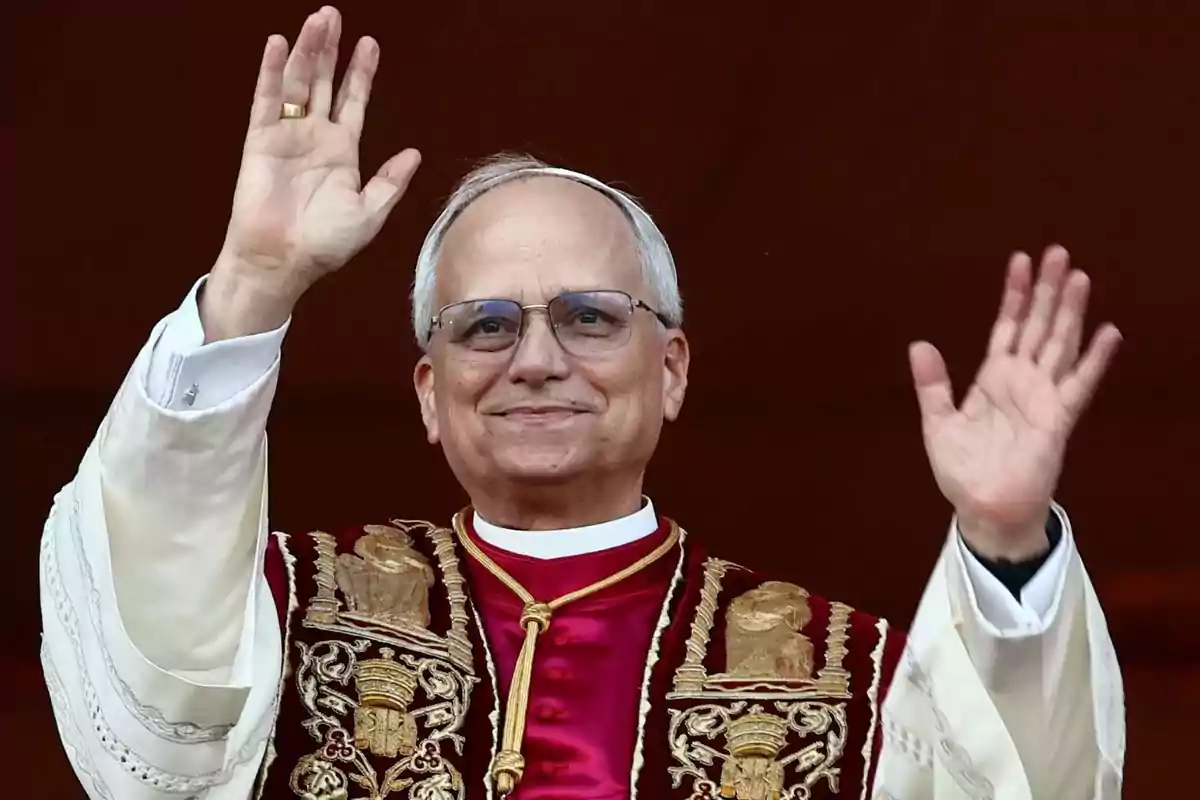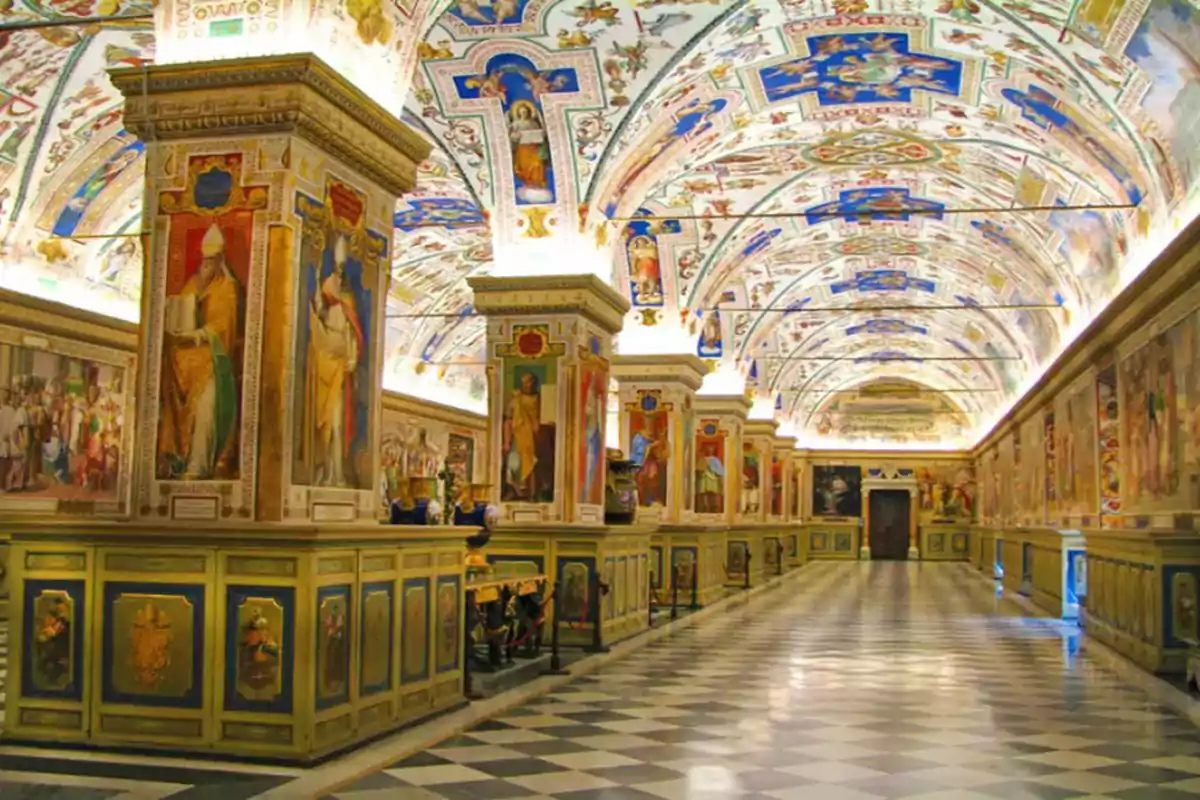
Pope Leo XIV's decision regarding his residence and what it anticipates for his papacy
The new pontiff faces one of the first decisions with a strong symbolic weight of his pontificate
The choice of residence for Pope Leo XIV has caused great interest among both the faithful and Vatican observers. At 69 years old, the missionary from the United States faces one of the first decisions with significant symbolic weight of his pontificate.
In this context, the question arises:Will he choose to settle in the traditional Apostolic Palace or follow the example of his predecessor, Pope Francis, opting for more modest accommodations like the Casa Santa Marta?
Although at first glance it may seem like a minor issue, this decision deeply influences the image that the new pontiff wants to convey. It is not merely a matter of personal taste for Leo XIV, but also of practical elements, availability, and internal considerations of the Vatican structure.
Casa Santa Marta
Casa Santa Marta—formally called Domus Sanctae Marthae—has become a symbol of austerity since its opening in 1996. Built under the papacy of John Paul II, it is located just a few meters from St. Peter's Basilica and offers privileged views of Santa Marta Square.

Originally intended to house cardinals during conclaves, it was chosen as the papal residence in 2013 by Jorge Bergoglio, who prioritized a lifestyle closer to the people and away from the pomp of the Apostolic Palace.
"I'm used to living in community, I need to be with others," said Pope Francis, justifying his decision not to live in the Apostolic Palace. With those words, he made clear the reason behind one of the most unusual decisions of his pontificate, breaking with centuries of tradition and opening a new chapter in the recent history of the Catholic Church.
Casa Santa Marta is a four-story building that houses 129 rooms distributed between suites and double rooms, as well as including an apartment for protocol functions. During conclaves, cardinals stay in individual rooms; outside of that context, the building also hosts prelates and cardinals visiting the Italian capital.
However, the history of the place goes beyond its current function. Before becoming a papal residence, the building played a key role in critical moments: during the cholera epidemic of 1881, by order of Pope Leo XIII, it was used as a hospital for the sick. Later, during World War II, it served as a refuge for persecuted Jews, following instructions from Pope Pius XII.

The Apostolic Palace
In contrast, the Apostolic Palace—official residence of the pontiffs for centuries—continues to be a symbol of power and the authority of the papacy. This vast complex houses the main governing offices of the Church, numerous chapels, museums, and more than a thousand rooms.
Although Pope Francis used this space for institutional events, such as official audiences and the Sunday Angelus prayer, he never chose it as his home. Instead, he preferred to remain in Santa Marta, thus maintaining a simpler lifestyle.
The Apostolic Palace has a history that dates back several centuries, traditionally being the place of residence for popes. Its imposing architecture and solemn atmosphere contrast with the more austere and hospitable character of Casa Santa Marta, reflecting two different ways of conceiving papal life: one centered on formality and hierarchy, the other on closeness and simplicity.
What will Leo XIV's decision be?
The choice Pope Leo XIV makes regarding his residence will not be a minor detail:it will mark his style of pontificate and send a clear signal about his pastoral vision. Will he lean toward a more austere life, as Francis did, or will he prefer to restore the tradition of the Apostolic Palace as a papal residence?
For now, the decision remains open, but its symbolic scope will be significant. Beyond comfort or functionality, the residence the new pontiff chooses will speak to his way of exercising spiritual leadership.
More posts: